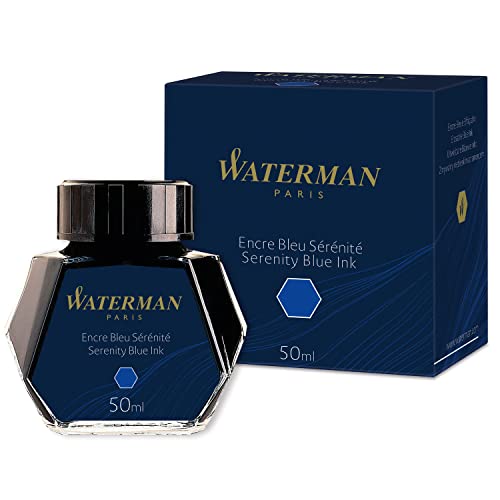The Science Behind Pen Ink
Before diving into the different types of pen ink, let’s first understand the science behind it. Pen ink is made up of different components that determine its color, flow, and other properties. These components include solvents, colorants, resins, and additives. Solvents help the ink flow onto the paper, while colorants determine the ink’s hue. Resins hold the ink together and determine its drying time. Additives are used to modify the ink’s properties, such as making it waterproof or fade-resistant.
The Different Types of Pen Ink
There are several types of pen ink available in the market, each with its own unique properties and uses. First, there’s ballpoint ink, which is oil-based and dries relatively quickly. This type of ink is often used in everyday pens and is known for its durability. Next is gel ink, which is water-based and offers brighter and bolder colors than ballpoint ink. Gel ink is commonly used in art pens and other specialty pens.
Another type of pen ink is fountain pen ink, which is water-based and is used in fountain pens. Fountain pen ink comes in different colors and shades and is known for its smooth and fluid writing experience. Fountain pen ink is often used by calligraphers and artists for its unique properties.
There’s also the felt-tip ink, which is used in marker pens. This type of ink is water-based and is designed to flow continuously through the markers. Felt-tip ink dries fast and is known for its bright colors and bold lines. Finally, there’s the traditional India ink, which is a permanent, waterproof, and fade-resistant ink used in drawing and calligraphy.
Choosing the Right Ink for Your Needs
Choosing the right pen ink depends on your personal preference and the tasks you’ll be using it for. If you’re looking for an everyday pen that writes smoothly and dries quickly, ballpoint ink may be the best option for you. On the other hand, if you want bold and vibrant colors for your art projects, gel ink may work better. If you’re into calligraphy or fountain pens, fountain pen ink is the way to go.
It’s essential to consider the ink’s properties, such as its drying time, waterproofness, and fade-resistance when choosing the right ink. For instance, if you’re using the pen for signing legal documents or writing checks, you’ll want an ink that’s waterproof and fade-resistant. If you’re using the pen for art projects that may come in contact with water, you’ll want to choose an ink that’s waterproof.
The Importance of Ink Quality
The quality of ink is crucial when it comes to the writing experience, the ink’s color, and its long-term performance. High-quality inks offer a smooth writing experience and produce consistent results. They also tend to be more durable and long-lasting than lower quality inks.
Investing in high-quality ink can also save you money in the long run. Poor-quality inks may dry out or clog your pen, leading to the need for frequent replacements. Additionally, the color produced by cheaper inks may fade or change over time, affecting the document’s readability and value.
Exploring The World of Pen Ink
Whether you’re a writer, artist, or simply need a pen to use daily, understanding the different types of pen ink is crucial. Knowing the properties, strengths, and weaknesses of each type of ink can help you choose the right pen for your needs and help you create your best work yet. So, explore the world of pen ink and enjoy the unique writing experiences and vibrant colors that each type offers!






